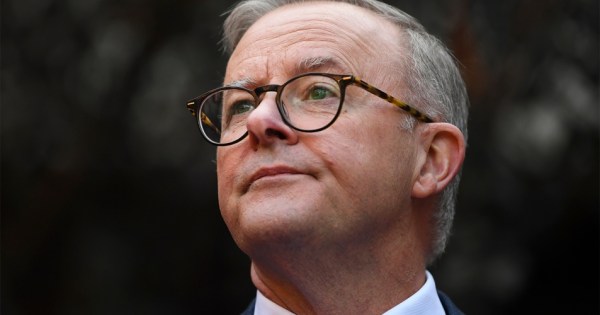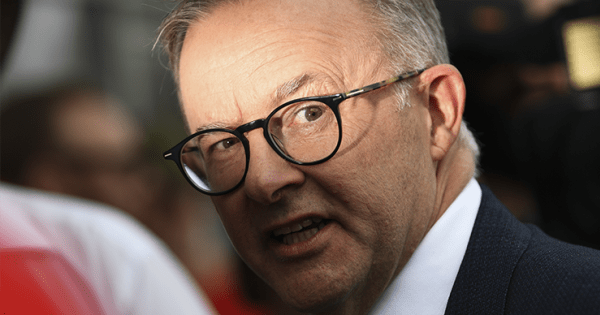The US Fed’s historic cut in its key interest rate to what will effectively be zero contains a dramatic message.
For all intents and purposes the official cost of money in America will carry no interest cost. That, if you think about it, is a shocking state of affairs: so dire are the current and future prospects for the US economy, that to stop them worsening further into perhaps a mild depression, it has been forced to cut its key economic tool to zero.
And to further cushion the economy, the Fed also clearly stated that it would step up its purchases of a range of securities to help business of all types, households, homeowners, car owners; anyone who was having trouble getting credit or money.
In effect the Fed is now the sole funder of the entire US economy, and has supplanted the enfeebled banks who are so short of cash and confidence that they will lend to practically no-one. These are unchartered waters and apart from Japan in the 1990s, no other major economy has been here before. And there’s no real parallel with Japan when it had interest at zero because it failed to use the situation to restructure its banks and companies and try and kick start the economy as the Fed is now starting to do.
It is holding the economy together and hoping it won’t slide too much further before the rumoured $US1 trillion stimulus package from the new Obama administration kicks in midway through 2009.
The Fed’s move will force central banks in Europe, Japan and the UK to look at lowering their key rates to 0%. Here in Australia it should actually support the dollar and give the RBA reason to cut further in February.
The US dollar fell past $US1.40 to the euro (the euro has risen 6% in
two days) and the Australian dollar jumped past 69 US cents this
morning and kept going ahead of tonight’s OPEC meeting which is looking
like cutting oil output. The Aussie dollar jumped 2.5 US cents
overnight, a significant rise given its recent weakness. With the US
dollar falling, there’s every chance that commodities will take a run
higher. Commodity prices have risen around 10% in the last 10 trading
days.
The silliest reaction to the Fed’s move was the 4% jump on Wall Street, which ignored the central message from the Fed, that the economy is stuffed and next year will be no better. US investors initially think the Fed’s dramatic moves will spur growth, along with the Obama stimulus package next year.
But what the Fed is saying is that the economy is complete stuffed: corporate earnings are going to worsen as sales slump. It is trying to keep deflation at bay and overall the economy is in far worse shape than previously thought. Some economists are now forecasting that it shrunk by an annual rate of 6% to 8% this quarter.








They are the waters you sail when you have gone beyond your charter to protect the stability of the nations banking system. When it comes to woeful policy, a govener who stoppeth even one in three would be marked improvement.
Love your work, Glenn, but “unchartered” waters? How to you charter waters? C’mon, it’s one of journalism’s oldest tricks — being joined these days by “to hone in” instead of “to home in”. You can only chart waters, not charter them.